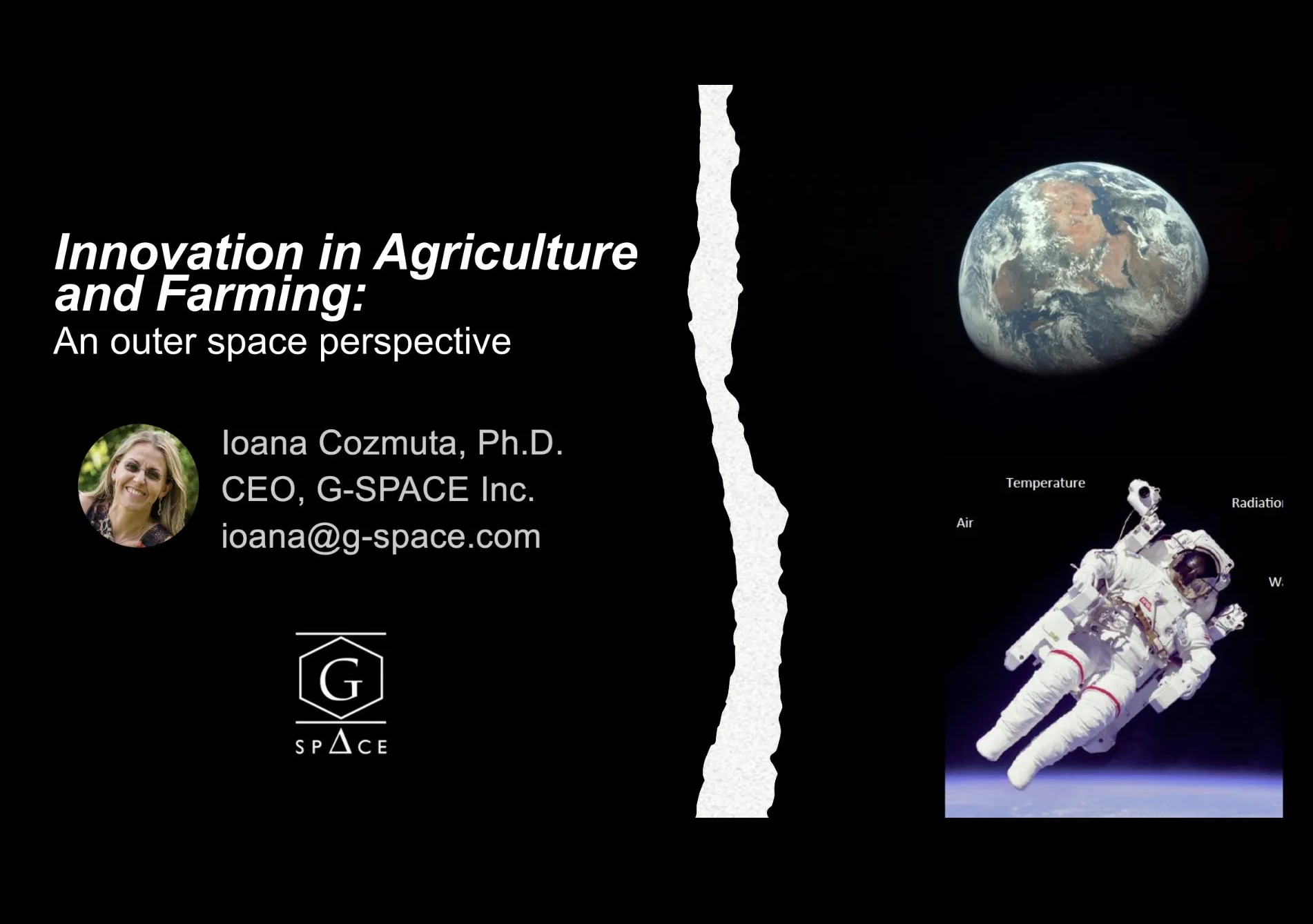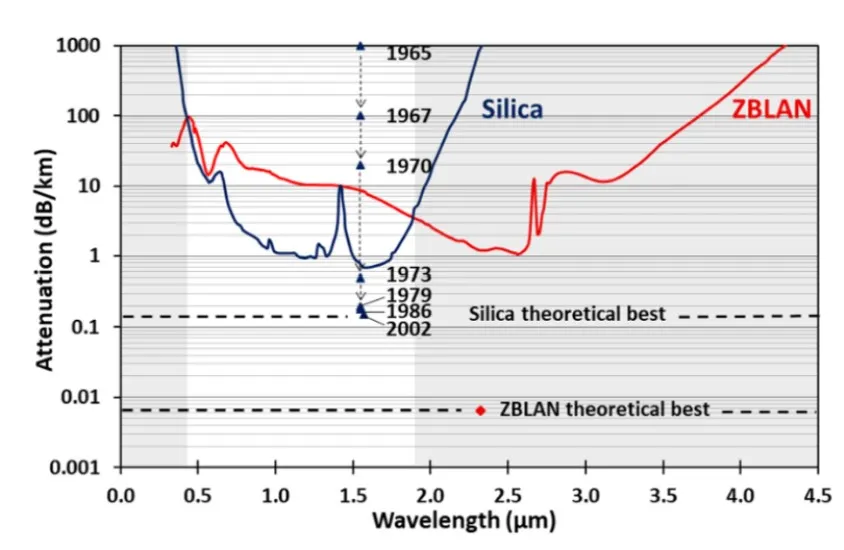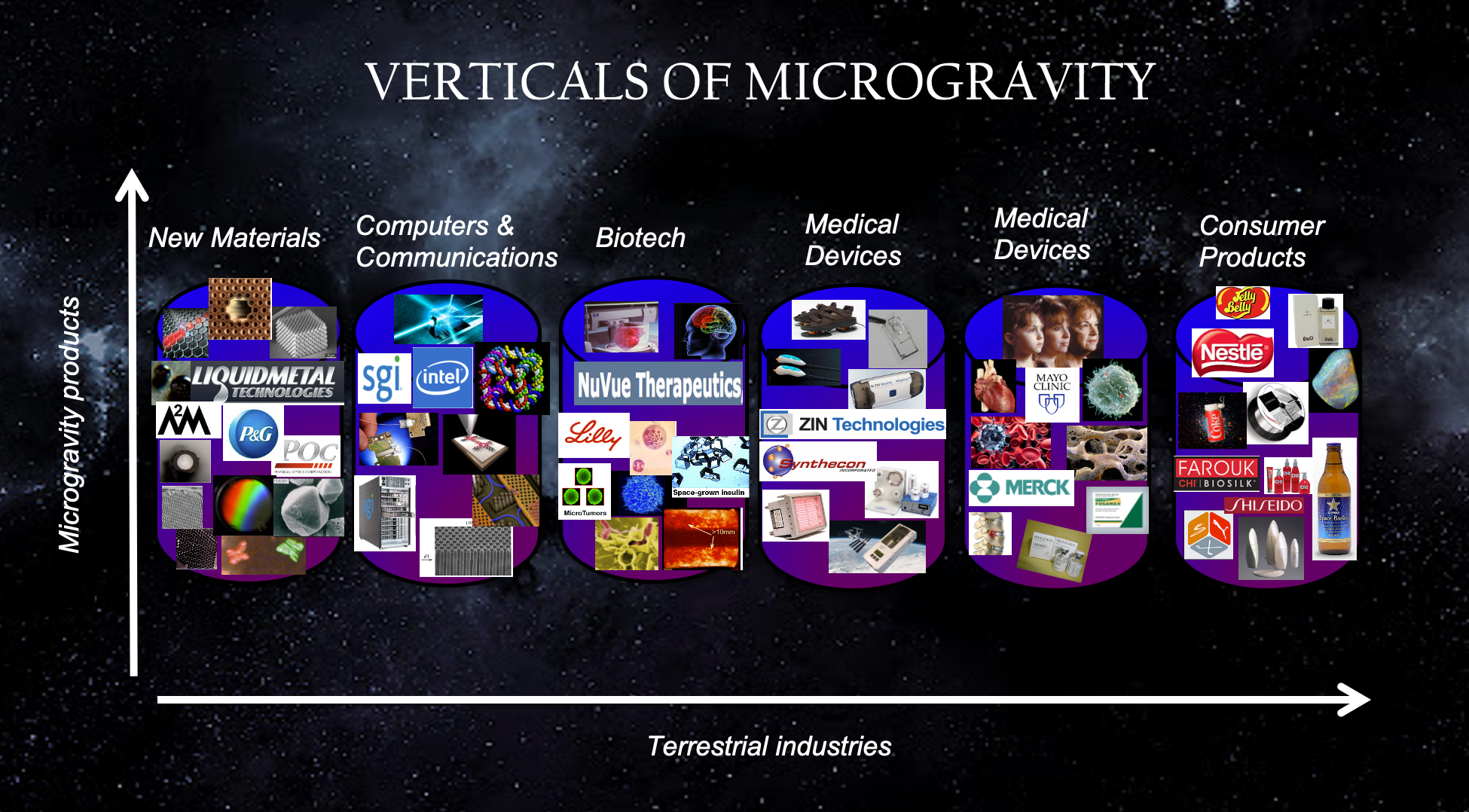· Ioana Cozmuța, Daniel Rasky, Alexander MacDonald, Bruce Pittman · Papers · 1 min read
Microgravity for Economic Growth and Public Benefit
Microgravity for Economic Growth and Public Benefit

Abstract
Two major objectives were foundational to President Obama’s recent decision to extend operation of the International Space Station (ISS) to 2024`: enable a broader flow of societal benefits from microgravity research on the ISS; and allow more time for NASA to fully transition the transportation to low-Earth-orbit to the commercial space industry. These objectives are intrinsically related. The recent successes achieved by the Commercial Orbital Transportation Program (COTS) Program offer new opportunities for affordable commercial Microgravity Research, which in turn helps fuel a new market sector for emerging companies such as SpaceX, Orbital Sciences Corporation, Nanoracks and XCor The potential breadth of commercial opportunities in microgravity is huge, with applications ranging from fiber optics, device-grade semiconductor crystals, space beads, new materials, cells microencapsulation, protein crystals, perfume and hair care. The knowledge gained from creating new “end states” of systems obtained in microgravity has been translated into unique technologies and business opportunities on Earth. In some instances existing flight qualified hardware is immediately available for commercial R&D for small-scale in-space manufacturingt. Overall, products manufactured in microgravity have key properties usually surpassing the best terrestrial counterparts. Commercially, these products have an attractive “touch of space” which aids in marketing.





